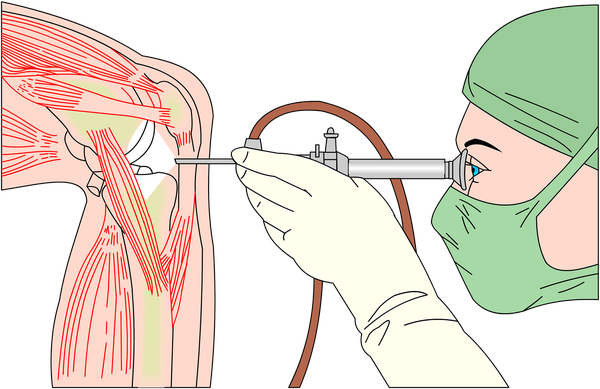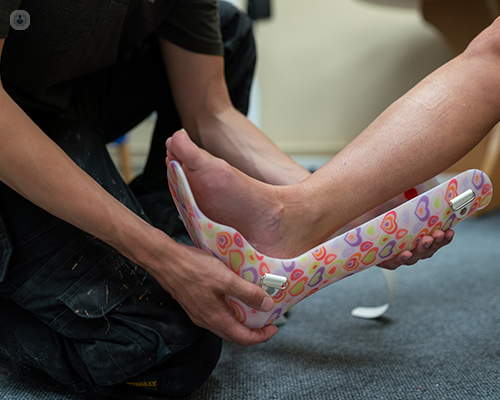In the journey of surgical recovery, adopting key steps is paramount for a successful healing process. This article delves into essential aspects of post-surgery care, guiding individuals on preparing for surgery batu landak, managing post-operative pain, monitoring incision sites, gradually increasing physical activity, and the significance of follow-up consultations with healthcare providers.
By adhering to these fundamental steps, individuals can navigate the path to recovery with confidence and ensure a smoother healing experience.

Preparing for Surgery
The first step in preparing for surgery is to carefully follow the specific instructions provided by your healthcare team. This includes details about fasting, medication adjustments, and any necessary pre-operative procedures. It is crucial to communicate openly with your medical providers, asking questions and seeking clarification when needed. Understanding the process and being well-informed can help alleviate anxiety and ensure a smoother experience.
Additionally, preparing your home environment for post-surgery recovery is essential for a successful healing journey. This may involve arranging for help, stocking up on supplies, and creating a comfortable space for rest. By taking these proactive steps, you are empowering yourself to approach surgery with confidence and readiness for the best possible outcome.
Managing Post-Operative Pain
Effective management of post-operative pain is crucial for promoting a smooth recovery process. Patients deserve to recover comfortably and with as little discomfort as possible. Physicians often employ a combination of pain relief methods to address individual needs. These can include medication, such as opioids or nonsteroidal anti-inflammatory drugs (NSAIDs), nerve blocks, and physical therapy.
It’s essential for patients to communicate openly with their healthcare providers about their pain levels and any concerns they may have regarding pain management. By working together, patients and healthcare professionals can develop a personalized pain management plan that aims to minimize discomfort while supporting a successful recovery.
Monitoring Incision Sites
To ensure proper healing and identify any potential issues, diligent monitoring of incision sites following surgery is imperative. Keep the incision areas clean and dry as directed by your healthcare provider. Look out for signs of infection such as increased redness, swelling, warmth, or drainage. Report any unusual symptoms promptly.
It’s essential to follow the post-operative care instructions provided by your medical team to aid in the healing process. Regularly inspect the incision sites for any changes and inform your healthcare provider of any concerns. By actively monitoring your incision sites and promptly addressing any issues that arise, you can support a smooth recovery and minimize the risk of complications.

Gradually Increasing Physical Activity
Following diligent monitoring of incision sites, it is crucial to gradually increase physical activity as part of the post-operative recovery process. Starting with light movements like short walks or gentle stretching helps prevent stiffness and promotes blood circulation, aiding in healing.
As the body becomes stronger, activities can be slowly intensified, always being mindful of any discomfort or pain. Engaging in activities that bring joy and a sense of freedom, such as swimming, yoga, or cycling, can enhance both physical and mental well-being during recovery.
It is essential to listen to the body’s signals, pacing oneself appropriately, and seeking guidance from healthcare providers on suitable exercises. By gradually increasing physical activity, individuals can regain strength and mobility, facilitating a smoother recovery journey.
Following up With Healthcare Provider
Continuing the post-operative recovery process, it is essential to maintain regular follow-up appointments with the healthcare provider for optimal healing progress. These follow-up visits allow the healthcare provider to monitor your recovery, address any concerns or complications promptly, and adjust your treatment plan as needed.
By staying in touch with your healthcare provider, you ensure that you are on the right track towards full recovery. Additionally, these appointments provide you with the opportunity to ask any questions you may have about your recovery process or any lifestyle modifications that may be necessary. Remember, open communication with your healthcare provider is key to a successful recovery journey.
Make sure to attend all scheduled follow-up appointments to facilitate a smooth healing process.
Conclusion
In conclusion, successful surgery recovery requires proper preparation, pain management, monitoring of incision sites, gradual increase in physical activity, and follow-up with healthcare providers.
These key steps are crucial in ensuring a smooth healing process and minimizing complications. By following these guidelines, patients can enhance their recovery and return to their normal activities sooner.
It is important to adhere to these steps to promote optimal healing and overall well-being.




